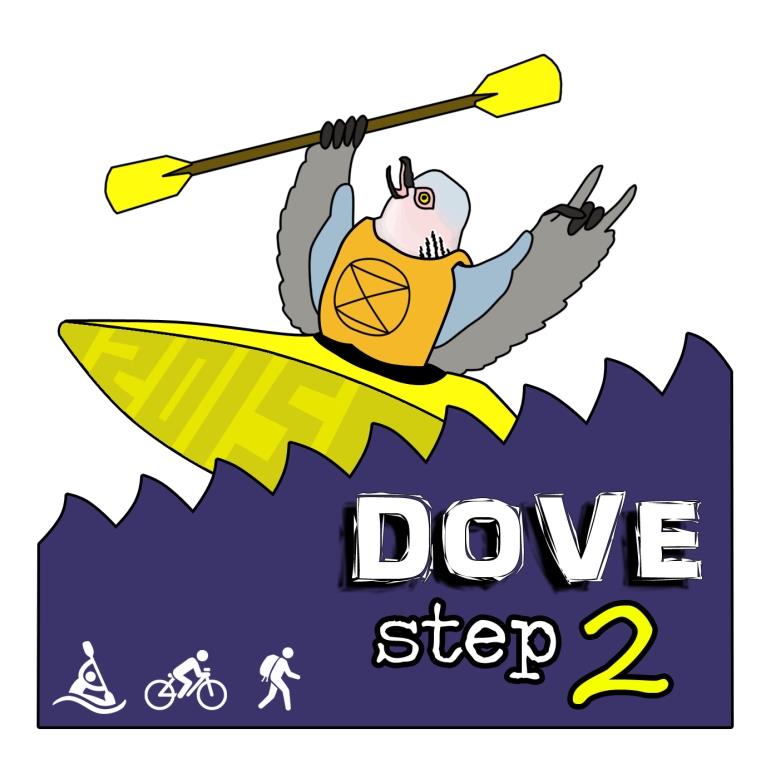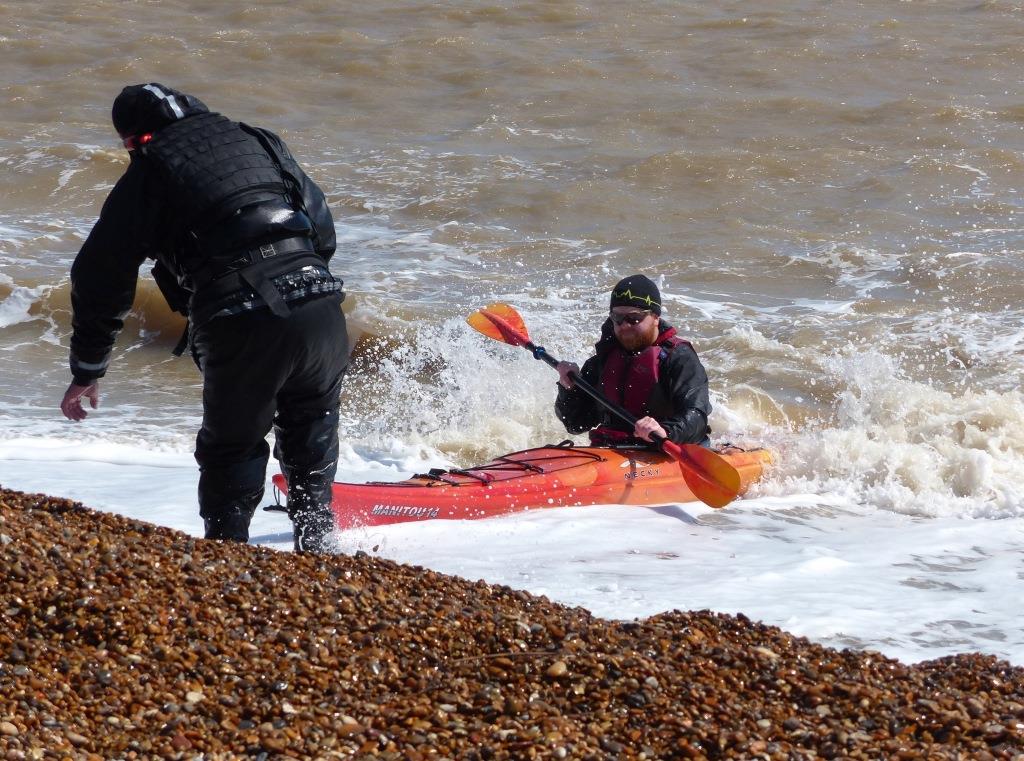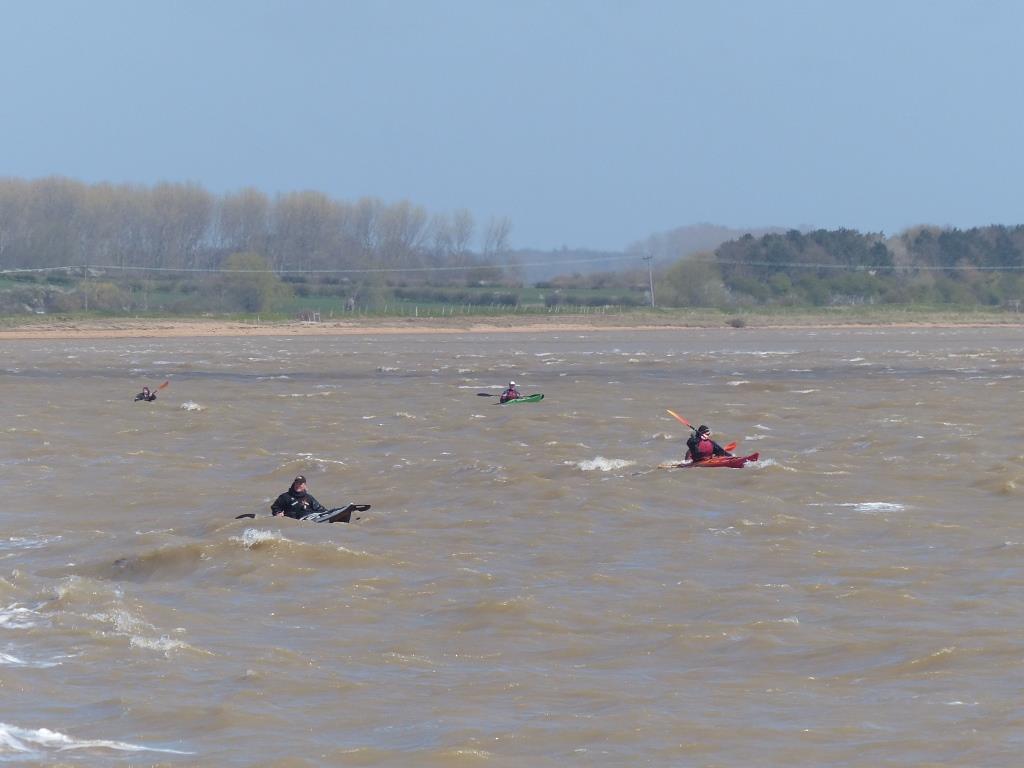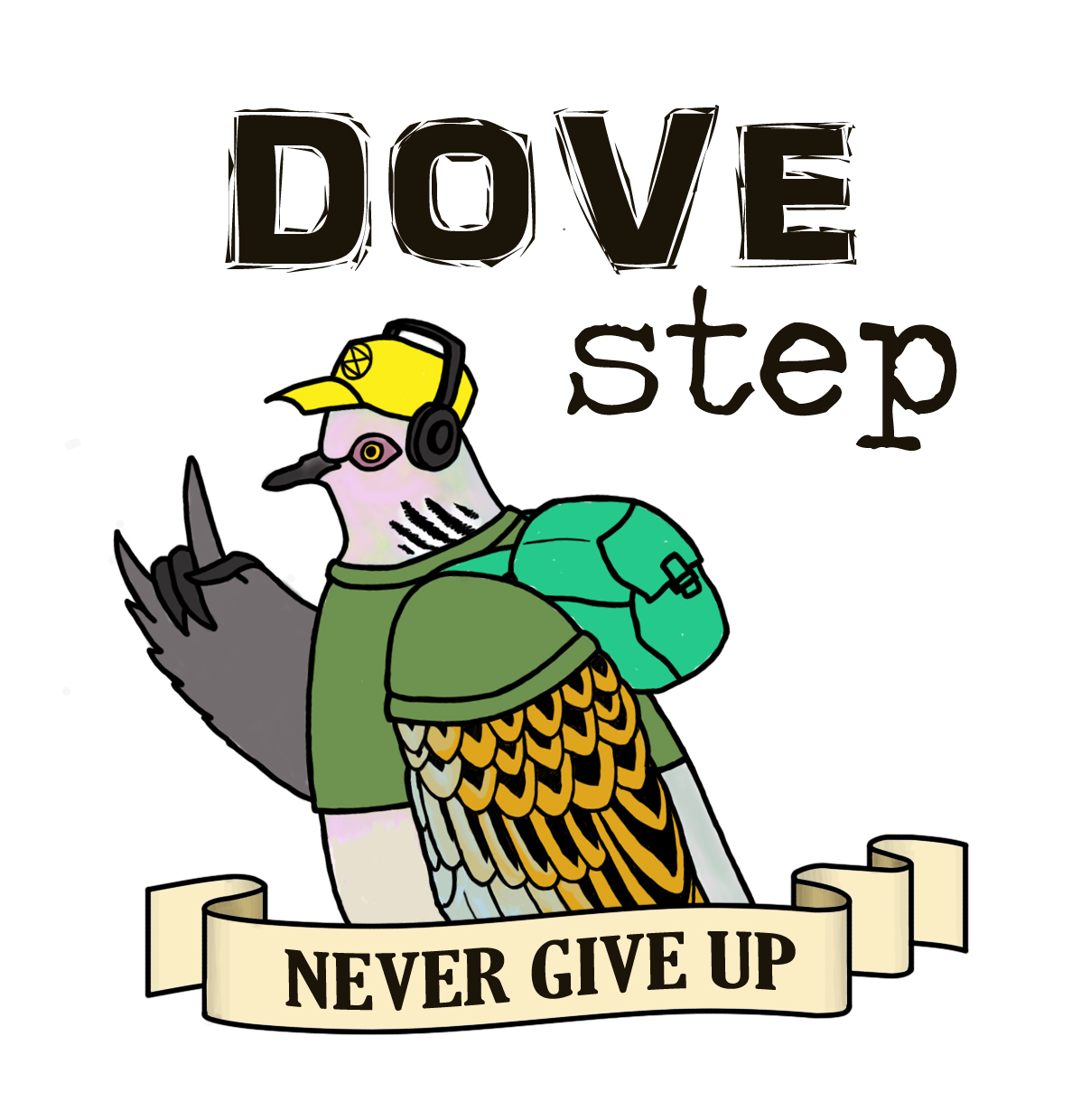Those who have followed Operation Turtle Dove since it’s inception may have read about our previous, 300 mile, journey for Turtle Doves. In Spring 2014 Robert Yaxley and myself, Jonny Rankin, walked from Lakenheath to Saltholme RSPB reserves, covering much of the English range of Turtle Doves in the process.

With the success of this journey we devised a second, even more ambitious, journey which we called Dove Step 2.
This was our take on a triathlon, utilising three disciplines to draw a self propelled line from Suffolk all the way through France to the Spanish border. I am very pleased to say that we completed Dove Step 2 ‘a 700 mile triathlon for Turtle Doves’ as planned on Friday 1st May this year.
In completing Dove Step 2 we actually exceeded the target 700 miles, clocking a total of 732.72 miles in 14 consecutive days with 25.17 miles of kayaking, 569.75 miles of cycling and 137.8 miles of walking.
Each leg of our ‘triathlon’ produced it’s own unique challenges. During the kayak leg we were at the mercy of sea conditions, across the cycling days we were buzzed by traffic and by the walking leg we were extremely fatigued.
The dangers associated with the kayak expedition were largely natural ones and boiled down to capsizing and then exposure to the water. The sea condition off Aldeburgh meant the first thing to do on the kayak expedition was learn a new skill; seal launching directly into the breaking waves! The incoming swell was up to four feet with the breakers on the shingle looking unforgiving! Kayak team leader Andrew Goodrick was first out and safely paddled through the white-tops to calmer rolling waves. I attempted to launch second and was immediately wiped out by sideward wave. After this false start we soon had all team members rafted up and ready to start our southward slog. As well as team leader Goodrick and coach Kurt Finch, Ed King, Stuart Moore and myself completed the kayak team.
 15mph North Easterlies pushed waves into our left sides, meaning we had to constantly be braced for blind-side waves. Sand bars and natural uprisings on the seabed made for treacherous features, early on; one section of lively waves got the better of team member Stu. However, we immediately put our training into play, recovering him and keeping watch as a group whilst he got safely back into his kayak. The dangers of the waves are ever present and unintentionally drifting towards land can quickly result in disaster as one team member found out; going from the crest of wave to an unceremonious dumping on the shingle beach, resulting in lost hat, shades, drink and food.
15mph North Easterlies pushed waves into our left sides, meaning we had to constantly be braced for blind-side waves. Sand bars and natural uprisings on the seabed made for treacherous features, early on; one section of lively waves got the better of team member Stu. However, we immediately put our training into play, recovering him and keeping watch as a group whilst he got safely back into his kayak. The dangers of the waves are ever present and unintentionally drifting towards land can quickly result in disaster as one team member found out; going from the crest of wave to an unceremonious dumping on the shingle beach, resulting in lost hat, shades, drink and food.
Across the first day of paddling, team leader Goodrick suffered spectacular seasickness, with no fewer than eleven individual vomits in three spates. It is the ability to carry on despite considerable discomfort that epitomises the Dove Step ethos. That Goodrick continued through his increasingly debilitating condition was inspiring, if not a little disgusting, for the rest of the team.
 Once you have kayaked for several hours, fatigue comes into play. Head-down grit and determination is the only thing that will get you through. Both days of the kayak trip culminated in challenges; crossing the turbulent mouth of the River Alde this first day and then rounding Landguard Point the second. Landguard Point marks the meeting of the outgoing estuary mouths of the Stour and Orwell and the North Sea tides, which is disruptive to sea conditions around the Point. As if this natural phenomenon didn’t pose enough threat, the rivers have shipping channels for both Harwich and Felixstowe ports, with huge containers and tugs not expecting kayaks to be in their path!
Once you have kayaked for several hours, fatigue comes into play. Head-down grit and determination is the only thing that will get you through. Both days of the kayak trip culminated in challenges; crossing the turbulent mouth of the River Alde this first day and then rounding Landguard Point the second. Landguard Point marks the meeting of the outgoing estuary mouths of the Stour and Orwell and the North Sea tides, which is disruptive to sea conditions around the Point. As if this natural phenomenon didn’t pose enough threat, the rivers have shipping channels for both Harwich and Felixstowe ports, with huge containers and tugs not expecting kayaks to be in their path!
 Paddling into Shotley Marina, concluding 25 miles of kayaking, the first stage of our triathlon was a huge relief, but there was little time to celebrate as Dover and hundreds of miles of cycling beckoned.
Paddling into Shotley Marina, concluding 25 miles of kayaking, the first stage of our triathlon was a huge relief, but there was little time to celebrate as Dover and hundreds of miles of cycling beckoned.
With thanks to those readers who have supported our efforts via the Just Giving page:
https://www.justgiving.com/DoveStep2/
Never Give Up!









